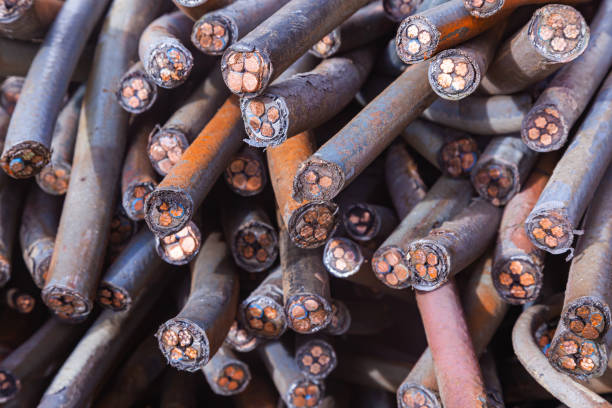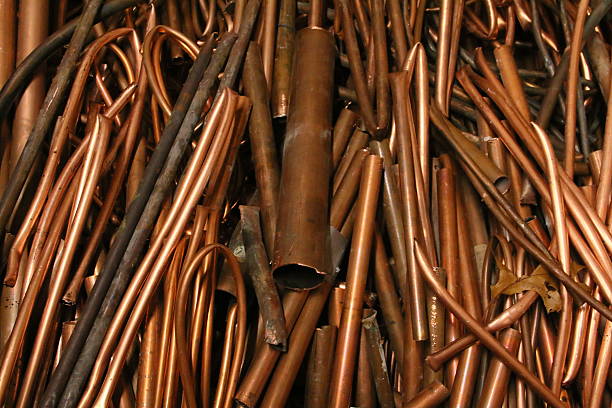Copper Processing
We, at BlackRock Recycling, are copper insulated wire choppers and our chopper is capable of chopping meatballs and radiators as well. We buy insulated copper wires, roofing material, tubings and motors.
Our team is equipped with the expertise and technology to handle all types of copper scrap efficiently and responsibly.


We are committed to providing our clients with the best possible service, and that includes offering top dollar and competitive prices based on current market rates along with transparent and trustworthy service every step of the way, building long-term relationships with our clients.
Copper processing in the recycling industry involves the recovery of copper from scrap materials, such as copper wires, cablesand other copper bearing materials.
Examples of copper bearing materials other than copper wire and cableswould be electrical and electronic equipment, such as power tools, appliances, computers and copper roofing materials. Copper pipes and tubing are commonly found in plumbing systems, heating and cooling systems as well as refrigeration equipment.
We, at BlackRockrecycling, are copper insulated wire choppers and our chopper is capable of chopping meatballs and radiators as well.


A wire chopper, also known as a wire granulator,is a machine used to process and recycle insulated copper wire by separating the copper from the insulation material.The general description of how a wire chopper works is as follows:
- Feeding the wire: the insulated copper wire is fed into the wire chopper through an input conveyor or hopper.
- Shredding:the machine shreds the wire into smaller pieces, allowing for easier separation of the copper and insulation material.
- Granulating: after shredding, the wire pieces are further reduced in size using granulating blades or a similar mechanism.
- Separation: the granulated material is then passed through an air separator or a vibrating table, which separates the copper from the insulation material based on differences in their density and weight.
- Collection and purification: the separated copper particles are collected in a container, while the insulation material is disposed off or sent for further processing. The copper may undergo additional processing to remove any remaining impurities or contaminants, such as dust or fine particles.
- Recycling: the clean, separated copper is then ready to be sold or used in the manufacturing of new products.
Copper recycling is an important industry, as it reduces the need for mining and processing of new copper ore, conserves natural resources, and reduces environmental impacts associated with copper mining and production. It also provides a source of income and employment for those involved in the recycling industry.
